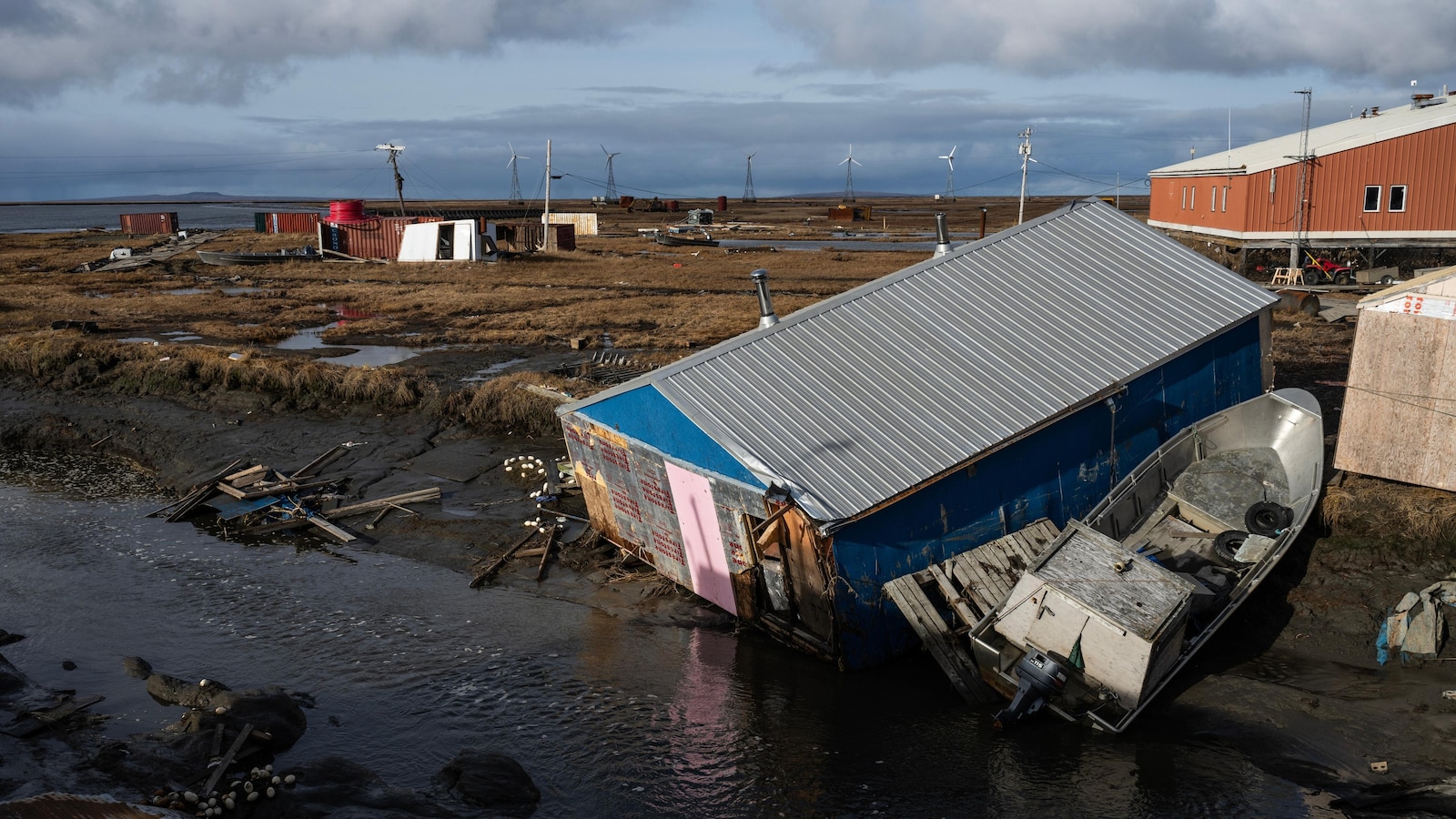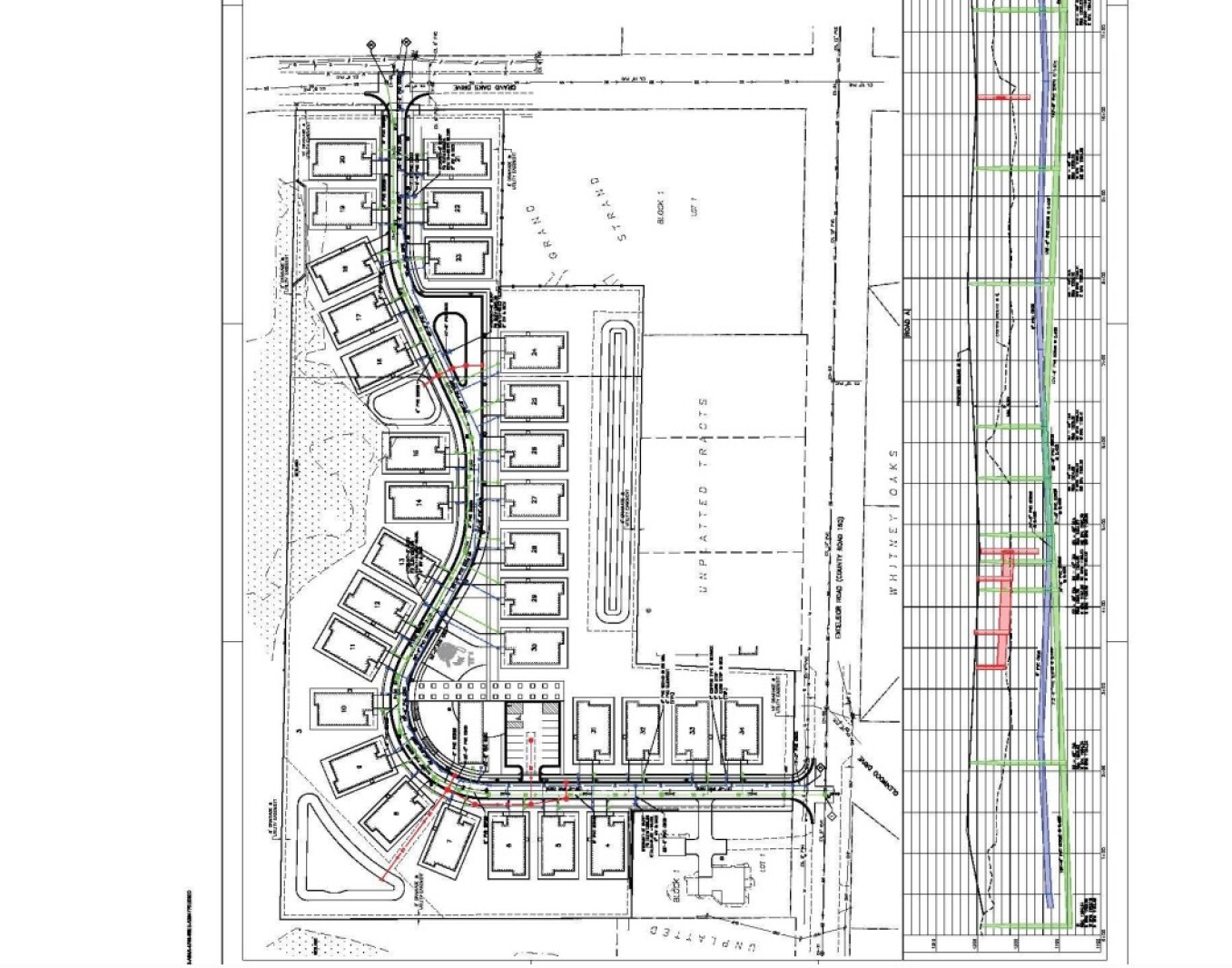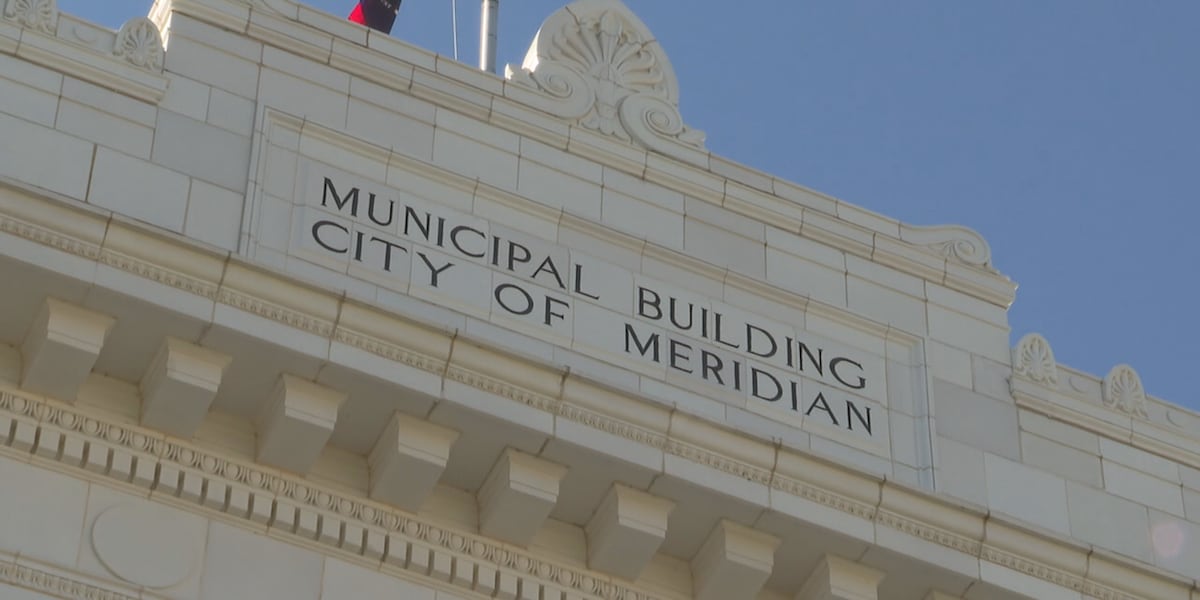Report on Federal Disaster Declarations and Sustainable Development Goal Implications
1.0 Overview of Recent Federal Disaster Declaration Decisions
The federal administration has issued decisions on several major disaster declaration requests, impacting states’ and tribal nations’ ability to advance key Sustainable Development Goals (SDGs), particularly those related to infrastructure, inequality, and community resilience.
- Declarations Approved:
- Alaska
- Nebraska
- North Dakota
- Leech Lake Band of Ojibwe
- Declarations Denied:
- Vermont
- Illinois
- Maryland (appeal for reconsideration)
2.0 Impact on Sustainable Communities and Resilient Infrastructure (SDG 11 & SDG 13)
The approval and denial of federal assistance directly affect the capacity of communities to recover from climate-related events and rebuild resilient infrastructure, a core target of SDG 11 (Sustainable Cities and Communities) and SDG 13 (Climate Action).
- Federal Emergency Management Agency (FEMA) assistance, authorized by these declarations, is designated for repairing public infrastructure and providing temporary housing, which are critical for restoring community stability and safety.
- In Alaska, severe storms displaced 2,000 residents and damaged coastal villages. The approved declaration, with a 100% federal cost share for 90 days, is vital for rebuilding in a manner that can withstand future climate shocks.
- Conversely, the denial of aid to Vermont following major floods leaves small towns facing infrastructure repair costs that exceed their annual budgets, hindering their ability to build back sustainably and jeopardizing progress toward SDG 11.
- The Leech Lake Band of Ojibwe received approval for assistance after a storm felled thousands of trees, demonstrating a critical step in restoring the natural and built environment on tribal lands.
3.0 Implications for Institutional Integrity and Reduced Inequalities (SDG 16 & SDG 10)
The pattern and timing of the decisions raise concerns regarding the principles of SDG 16 (Peace, Justice, and Strong Institutions) and SDG 10 (Reduced Inequalities). Effective and impartial institutional response is fundamental to equitable disaster recovery.
- Allegations of politicization have emerged, with critics noting that approvals often aligned with political party lines. This challenges the goal of building effective, accountable, and inclusive institutions at all levels.
- Maryland’s request was denied despite a preliminary damage assessment indicating it met the financial threshold for public assistance, with damages estimated at $33.7 million. This denial undermines trust in institutional processes and exacerbates regional inequalities.
- Analysis indicates significant delays in the approval process compared to previous administrations, which can impede timely recovery efforts and disproportionately affect vulnerable communities, thereby widening inequality gaps as outlined in SDG 10.
- The approval for the Leech Lake Band of Ojibwe, which is entitled to apply independently of its state, underscores the importance of recognizing tribal sovereignty and ensuring institutions serve indigenous communities.
4.0 Socio-Economic Consequences for Affected Populations (SDG 1 & SDG 3)
The financial and social repercussions of these decisions have a direct bearing on SDG 1 (No Poverty) and SDG 3 (Good Health and Well-being). Delays or denials of aid can push disaster-stricken households into poverty and compromise their health.
- Without federal assistance, states and tribal nations must divert funds from other essential services. Prior to its approval, the Leech Lake Band of Ojibwe had already spent $1.5 million from its own reserve funds.
- Maryland has deployed over $450,000 from its State Disaster Recovery Fund, demonstrating the financial strain placed on local governments when federal support is withheld.
- For individuals, the lack of assistance for housing repairs can lead to unsafe living conditions and financial hardship, directly impacting well-being (SDG 3) and increasing the risk of poverty (SDG 1).
- The approval of individual assistance for the Leech Lake Band of Ojibwe will allow emergency management to focus on helping survivors, highlighting the critical role of aid in supporting human health and economic stability post-disaster.
Analysis of Sustainable Development Goals in the Article
1. Which SDGs are addressed or connected to the issues highlighted in the article?
- SDG 1: No Poverty – The article discusses the financial impact of disasters on individuals and communities, particularly survivors needing money for repairs and temporary housing, which relates to preventing people from falling into poverty due to environmental shocks.
- SDG 10: Reduced Inequalities – The article highlights disparities in disaster relief, noting that decisions “fell mostly along party lines.” This suggests unequal treatment of different states and communities, including the specific mention of the Leech Lake Band of Ojibwe, an indigenous community.
- SDG 11: Sustainable Cities and Communities – The core of the article focuses on the aftermath of natural disasters, including damage to public infrastructure, displacement of residents, and the need for communities to recover and rebuild, which is central to making human settlements resilient.
- SDG 13: Climate Action – The article deals with the consequences of “back-to-back storms,” “severe weather,” and “flooding.” These are climate-related hazards, and the discussion on disaster response is directly linked to strengthening resilience and adaptive capacity to such events.
- SDG 16: Peace, Justice and Strong Institutions – The article critiques the effectiveness and transparency of governmental institutions. It points to the politicization of disaster relief, delays in decision-making, and a lack of clear justification for denying aid, questioning the accountability of the administration.
2. What specific targets under those SDGs can be identified based on the article’s content?
-
SDG 1: No Poverty
- Target 1.5: “By 2030, build the resilience of the poor and those in vulnerable situations and reduce their exposure and vulnerability to climate-related extreme events and other economic, social and environmental shocks and disasters.” The article directly addresses this by describing how disaster survivors need “money for repairs and temporary housing” and how delays leave them “without any help.” The financial strain on the Leech Lake Band of Ojibwe, which had to use “$1.5 million of its own funds,” also highlights the vulnerability of specific communities.
-
SDG 11: Sustainable Cities and Communities
- Target 11.5: “By 2030, significantly reduce the number of deaths and the number of people affected and substantially decrease the direct economic losses relative to global gross domestic product caused by disasters…” The article provides specific data related to this target, mentioning that storms in Alaska “displaced 2,000 residents and killed at least one person.” It also quantifies economic losses, such as the “$33.7 million in damage” experienced in Maryland.
-
SDG 13: Climate Action
- Target 13.1: “Strengthen resilience and adaptive capacity to climate-related hazards and natural disasters in all countries.” The entire article is a case study of this target, detailing how states and a tribal nation are responding to climate-related hazards like storms and floods. The dependence on federal assistance from FEMA shows the challenge of building sufficient local resilience and adaptive capacity.
-
SDG 16: Peace, Justice and Strong Institutions
- Target 16.6: “Develop effective, accountable and transparent institutions at all levels.” The article questions the effectiveness and accountability of the administration’s disaster declaration process. It notes that the President has “taken longer to approve disaster declaration requests than in any previous administration” and that decisions were “politicized,” as stated by Governor Wes Moore. The White House’s vague justification for denials further points to a lack of transparency.
3. Are there any indicators mentioned or implied in the article that can be used to measure progress towards the identified targets?
-
For Target 11.5 (Reduce disaster losses):
- Number of people killed or affected by disasters: The article explicitly states that in Alaska, storms “displaced 2,000 residents and killed at least one person.”
- Direct economic loss attributed to disasters: The article quantifies damages, citing that Maryland experienced “$33.7 million in damage” and that for some towns in Vermont, the cost to fix roads is “well over the annual budget or two years’ budget.”
-
For Target 1.5 (Build resilience of the vulnerable):
- Amount of financial assistance provided for disaster recovery: The article mentions that FEMA provides “federal financial assistance,” Maryland deployed “$450,000” from its own fund, and the Leech Lake Band of Ojibwe spent “$1.5 million” while awaiting federal aid. This indicates the financial resources mobilized for recovery.
-
For Target 16.6 (Effective and accountable institutions):
- Timeframe for institutional response: The article implies this indicator by stating the administration has “taken longer to approve disaster declaration requests” and gives specific examples, such as Vermont waiting “over nine weeks for a decision” and the Leech Lake Band waiting “nine weeks.” This measures the efficiency of the institutional process.
4. SDGs, Targets, and Indicators Table
| SDGs | Targets | Indicators |
|---|---|---|
| SDG 1: No Poverty | 1.5: Build resilience of the poor and vulnerable to climate-related extreme events and other disasters. | Amount of disaster relief funding provided or spent (e.g., Maryland’s $450,000, Leech Lake Band’s $1.5 million). |
| SDG 11: Sustainable Cities and Communities | 11.5: Significantly reduce the number of deaths, affected people, and economic losses from disasters. | Number of people killed (at least one in Alaska); Number of people displaced (2,000 in Alaska); Direct economic losses ($33.7 million in Maryland). |
| SDG 13: Climate Action | 13.1: Strengthen resilience and adaptive capacity to climate-related hazards and natural disasters. | Number of requests for major disaster declarations following severe weather events (requests from Alaska, Nebraska, North Dakota, Vermont, Illinois, Maryland). |
| SDG 16: Peace, Justice and Strong Institutions | 16.6: Develop effective, accountable and transparent institutions at all levels. | Time taken to approve disaster declaration requests (e.g., “over nine weeks” for Vermont). |
Source: abcnews.go.com







